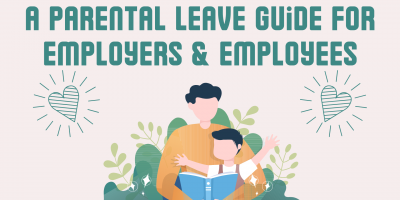
What is Disciplinary Action?
Explore why it is vital to have disciplinary action in place to deal with each inappropriate behavior professionally and legally.





|
Ocupation |
Groath Rate 2020-2030 |
2020 Median Pay |
|
70% |
$27,490 per year |
|
|
68% |
$56,230 per year |
|
|
62% |
$25,110 per year |
|
|
52% |
$111,680 per year |
|
|
52% |
$46,470 per year |
|
|
49% |
$28,800 per year |
|
|
Agents and business managers of artists, performers, and athletes |
46% |
$75,420 per year |
|
44% |
$42,910 per year |
|
|
39% |
$40,510 per year |
|
|
39% |
$64,050 per year |
|
|
38% |
$50,850 per year |
|
|
37% |
$106,920 per year |
|
|
36% |
$62,940 per year |
|
|
35% |
$92,270 per year |
|
|
35% |
$27,230 per year |
|
|
35% |
$59,770 per year |
|
|
34% |
$26,080 per year |
|
|
Miscellaneous entertainers and performers, sports and related workers |
34% |
$15.70 per hour |
|
33% |
$103,590 per year |
|
|
33% |
$67,250 per year |

With today’s online learning systems and technology, changing one’s career path is easier than ever. The career change statistics indicate that retraining gives workers the chance and resources they need to improve their future. Therefore, it offers them the opportunity to use their natural gifts and abilities to excel in their career.
Browse our curated list of vendors to find the best solution for your needs.
Subscribe to our newsletter for the latest trends, expert tips, and workplace insights!

Explore why it is vital to have disciplinary action in place to deal with each inappropriate behavior professionally and legally.

As the majority of the workforce remains disengaged, enhancing employee recognition through incentive platforms like Awardco emerges as a solution.

Explore the importance of parental leave in the US, shedding light on its impact on families and businesses. Delve into the complexities of existing policies, highlighting the challenges employers and employees face.

Gross misconduct is one of the reasons why companies must have employee handbooks that clearly distinguish between appropriate and inappropriate behavior and outline the repercussions in the event of misconduct.
Used by most of the top employee benefits consultants in the US, Shortlister is where you can find, research and select HR and benefits vendors for your clients.
Shortlister helps you reach your ideal prospects. Claim your free account to control your message and receive employer, consultant and health plan leads.